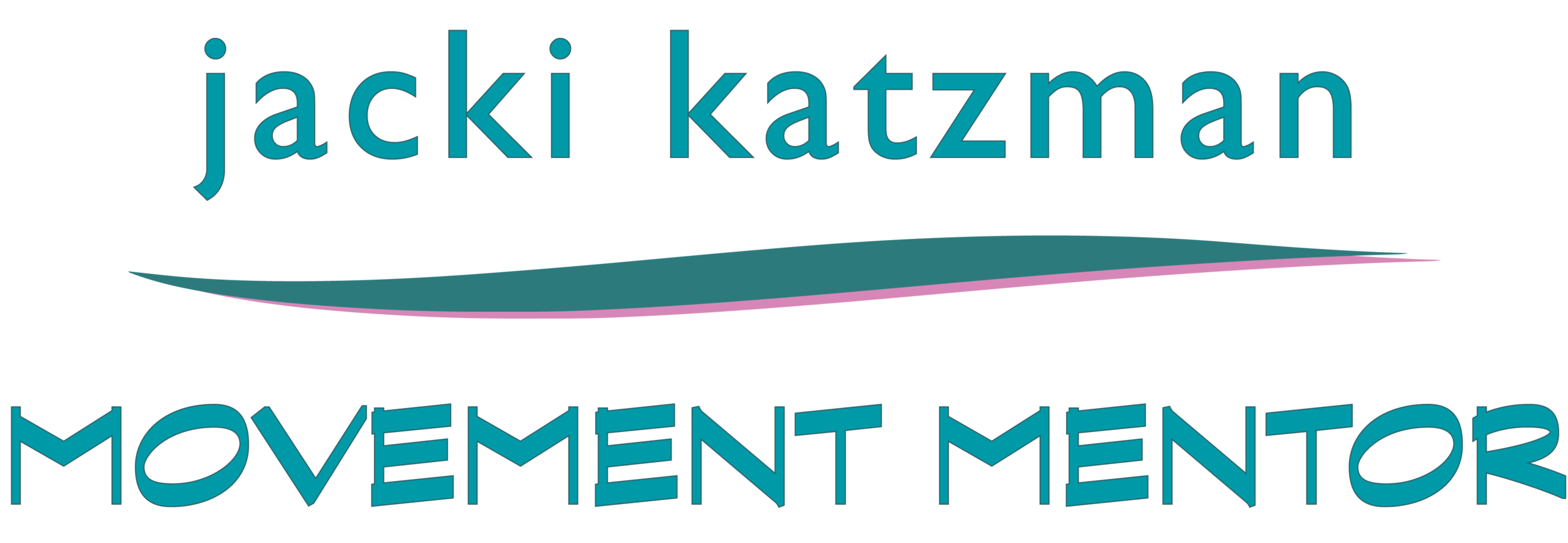Long Neck, Light Head -2 - Maasai Eyes
Maassai men holding their staffs and daggers on display. Photo by Andrea Bryant.
Long Neck, Light Head - 2 - Maasai Eyes
Eyes on the horizon as a head-lifting and leveling tool
Based on ATM Book Lesson 10 – Movement of the Eyes Organizes the Movement of the Body by Moshe Feldenkrais
The Maasai embrace modernity while holding traditional values. Upon graduating from school, many young warriors take a ‘gap year’ on the beach in Zanzibar. They sell their bead work, herding the tourists, then going in for the pitch. They spend a lot of time on their cell phones. Photo by me.
On the Africa trip, we saw Maasai, sometimes spelled Masai - boys and warriors walking, impervious to cold, carrying their signature sticks and daggers, tending their herds, gazing deep into the horizon for predators. They have honestly-earned attitude.
According to Google AI, Maasai lives are intimately entwined with their brahma cow herds, which provide them with food (blood and milk is all they eat), income and wealth. They tend to be tall and lean, sporting beaded jewelry and bright red blankets called shuka. The adult initiation rites for males include circumcision at 15; no anesthetic, no crying allowed. Warriors can have as many wives as they can support. Female circumcision has faded out, thanks to education and the awareness that a wife’s death in childbirth does not contribute to a husband’s wealth. Learn more about the Maasai here and here.
Maasai exquisite, effortless, upright grace inspire this second iteration of the “Dead Bird” lesson.
Benefits of side sitting, source Google AI
Core and trunk strengthening: Side sitting engages and strengthens the muscles of the core and trunk, which are crucial for maintaining upright posture and balance.
Improved hip mobility: It optimizes hip mobility without putting the joint at risk.
Encourages cross-body movements: This position facilitates movements that involve reaching across the body, which is important for developing coordination and motor skills.
Aids in transitions: Side sitting can be an important developmental position for transitioning between different postures, such as moving from sitting to hands and knees or to standing.
Avoids W-sitting: By encouraging side sitting, you can discourage W-sitting, a posture that can lead to core weakness and potential knee issues in children.
The hand and eye gestures of the “Dead Bird” lesson teach how to balance the head atop the spine. Again, the position is leaning back in side-sitting, with the hand at eye level, shoulder relaxed, eyes magnetized to the hand.
Last week we focused on lifting the chest while turning the torso side-to-side. This week, the lesson continues with the eyes gliding along the horizon while the torso quietly adjusts and finds support from below. There are other iterations; maybe we will have time. Or next lesson.
Eye lessons can be trance-y. We will take our time going in and coming out. And stand up afterwards with a bit of Maasai attitude and grace.
Science Nerd Candy Bowl: not this week
Set Up for a Side-Seated on Floor Lesson:
On a mat with room to lean back
OR sitting in a level, stable, armless chair, with knees and hips level
How you might feel after this lesson: Looser all over; Longer; Open; Breathing deeply; Shoulders relaxed; Head balanced atop the spine; Elegant as a giraffe.
Wednesday 9:30 am or 6:30 pm class registration, keep using it. If you were registered for the 12:00 pm Wednesday session, you’ll need to register. Registered, paid students receive the lesson recording link on Thursday. $40/month; $15/single lesson. PayPal or Venmo to jackisue@aol.com. Or check to Jacki Katzman, PO Box 116, Bethlehem, NH 03574
For new student registration, Click Here



